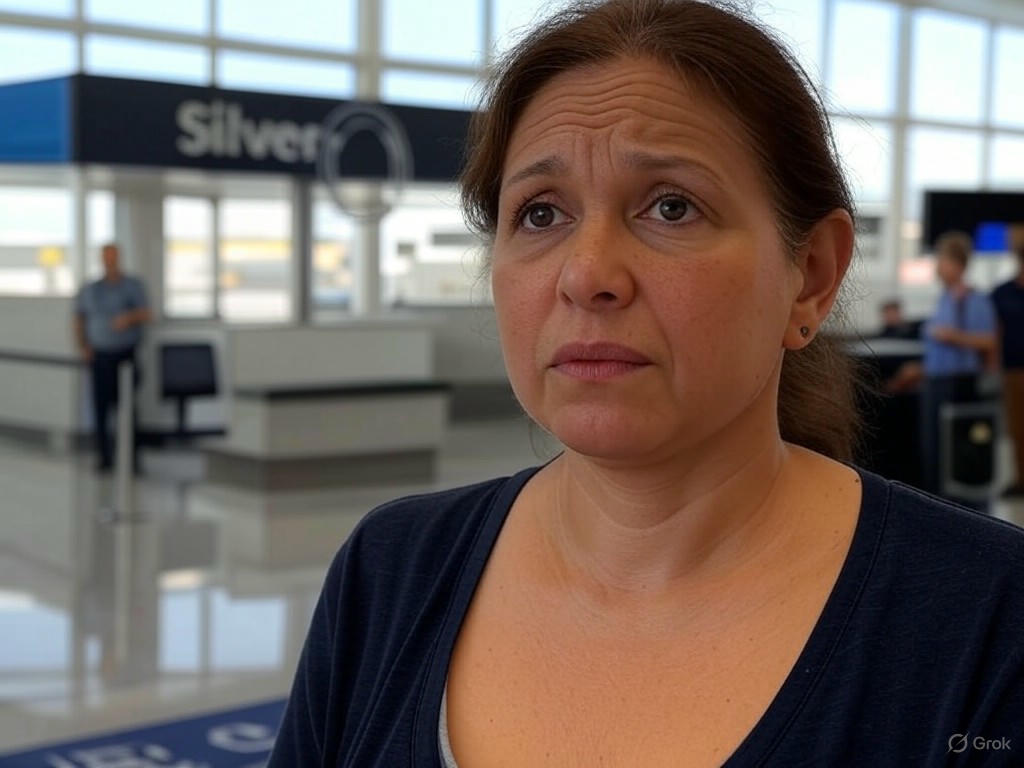Silver Airways Collapse Leaves Travelers Grounded in South Florida
In a shocking turn of events, Silver Airways, a regional carrier based in Fort Lauderdale, has abruptly ceased operations, leaving countless travelers stranded across South Florida and beyond. The airline, which had been a lifeline for smaller communities and a connector to major hubs, shut down after a potential sale to rescue it from bankruptcy collapsed at the last moment. This closure marks the end of a turbulent chapter for the company, which had struggled with financial woes for years, and raises questions about the future of regional air travel in the area.
For many passengers, the news came as a bitter surprise. Vacationers, business travelers, and families found themselves stuck at airports with little notice, scrambling to rebook flights on other carriers or find alternative transportation. Social media platforms buzzed with frustration as customers shared stories of canceled flights and unrefunded tickets. One traveler at Fort Lauderdale-Hollywood International Airport described the chaos, noting how they were left with no clear answers from airline staff about refunds or rescheduling. Local businesses, especially in the tourism-heavy South Florida region, are bracing for the impact, as Silver Airways often served as a critical link for visitors to less accessible destinations like the Florida Keys and the Bahamas.
The downfall of Silver Airways highlights broader challenges in the regional airline industry. Smaller carriers like Silver have long faced intense competition from major airlines, rising operational costs, and fluctuating demand. The airline had entered bankruptcy protection earlier, hoping to restructure and find a buyer to keep operations afloat. However, when the proposed acquisition fell apart, the company was left with no viable path forward. Industry analysts suggest that this failure could signal deeper systemic issues, as regional airlines struggle to maintain profitability in a market dominated by giants with more resources to weather economic storms. Additionally, the loss of Silver Airways may reduce connectivity for underserved markets, potentially stifling economic growth in those areas.
Looking ahead, the void left by Silver Airways poses both challenges and opportunities. Competing airlines may step in to fill the gaps on popular routes, though fares could rise due to reduced competition. For South Florida, a hub of tourism and commerce, the absence of a reliable regional carrier could deter visitors who rely on convenient connections. Meanwhile, state and local officials are under pressure to address the fallout, with calls for support to affected travelers and employees who now face uncertainty. The airline’s closure serves as a stark reminder of the fragility of smaller players in the aviation sector and the ripple effects their demise can have on communities.
As the dust settles, the story of Silver Airways stands as a cautionary tale. It underscores the need for sustainable business models in an industry prone to turbulence. For now, stranded passengers and laid-off workers bear the brunt of this collapse, hoping for solutions while mourning the loss of a once-vital regional lifeline.


